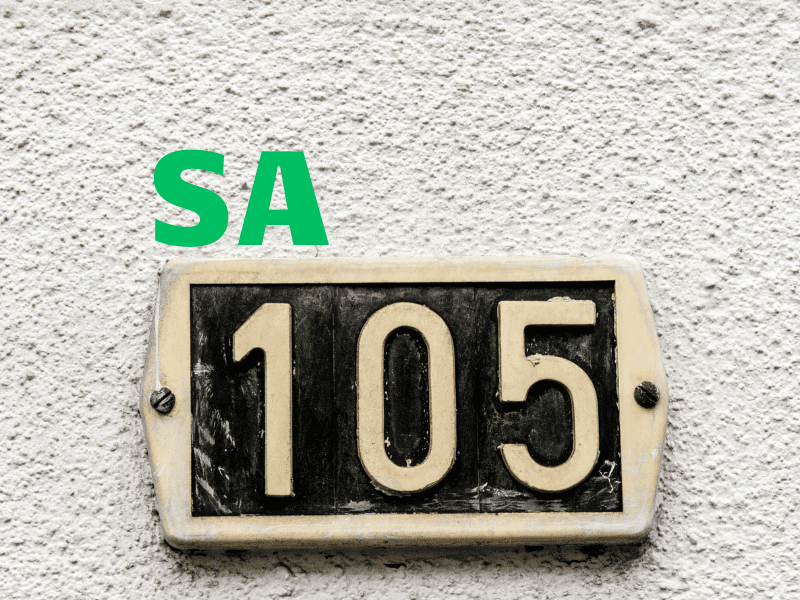
Have you ever wondered what an SA105 form is and how this might work for your self-assessment needs? In many cases, there’s a lot to remember when it comes to self-assessment, which often means that people struggle to work out which forms they need to submit.
Nevertheless, this shouldn’t have to be the case, and so we’ve outlined some of the main things you need to know about what an SA105 form is as follows.
What is an SA105 Form?
First of all, it’s important to consider what the SA105 form actually is. This particular document is used to declare income from property ownership in the UK. Generally speaking, it’s commonly used for rental properties (including both short-term and long-term lets) and furnished holiday lettings in the UK or EEA.
As part of the SA105, you will need to provide several important details relating to your work as a self-employed individual, including your income and expenses. As such, the form calculates the tax owed for the tax year on self-employed or partnership incomes.
Exceptions to the SA105 Form
While the SA105 is used to declare income from properties, it’s important to recognize that the SA105 does have several key exceptions that should be noted. Capital gains following a property sale are excluded, as is income from foreign properties. Peer-to-peer property loans and real estate investment trusts are also excluded.
When are SA105 Forms Due?
As with any tax form, it’s important to make sure that you submit the SA105 form on time and before deadlines to avoid potential consequences and fines. Generally speaking, if you’re submitting your SA105 as a paper copy, you will need to submit this before the 31st of October. However, the deadline is a little more generous if you have been looking to submit your SA105 form digitally, so the form needs to be sent before the 31st of January.
Crucially, we should stress here that SA105 forms need to be completed carefully and accurately to avoid making any mistakes, so ideally, try to complete these with time to spare in case you need to check any figures. Submitting your SA105 property form late could result in fees and fines, so make sure to plan this into your regular accounting overall.
Final Thoughts
Knowing about the different forms can be hugely helpful if you’ve been struggling with your own self assessment. Fortunately, an SA105 form is relatively simple to understand. However, if you still have any further questions about the SA105, or



